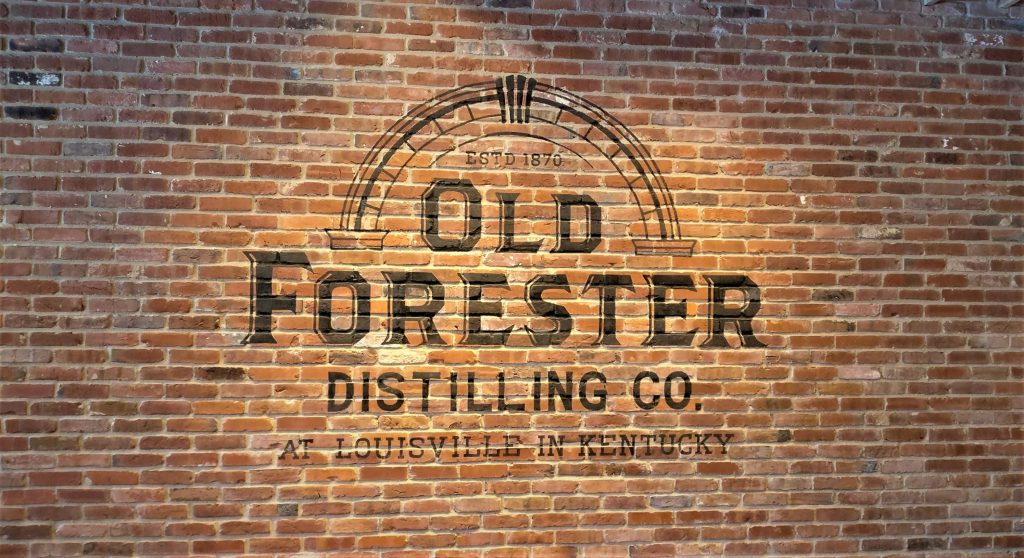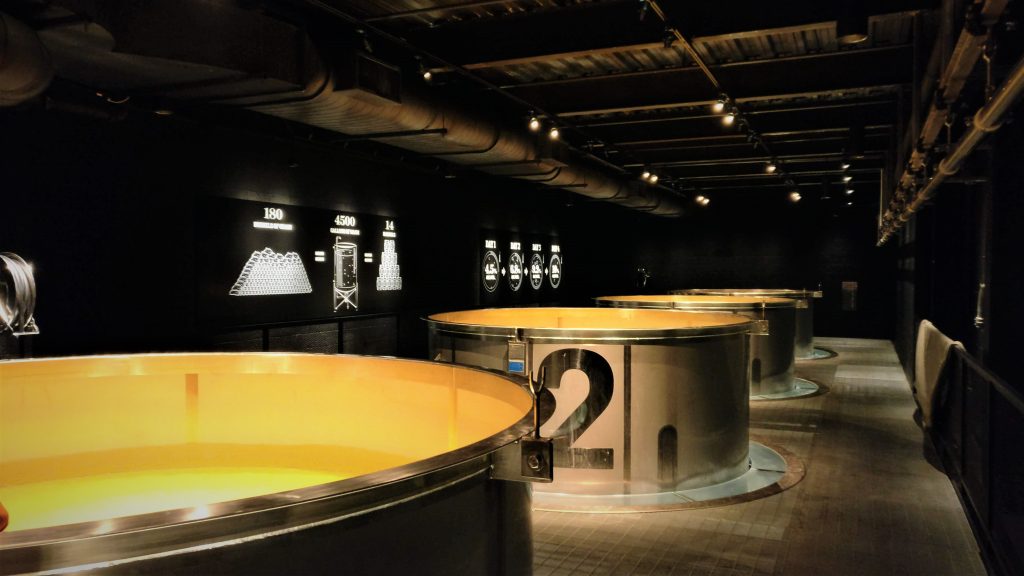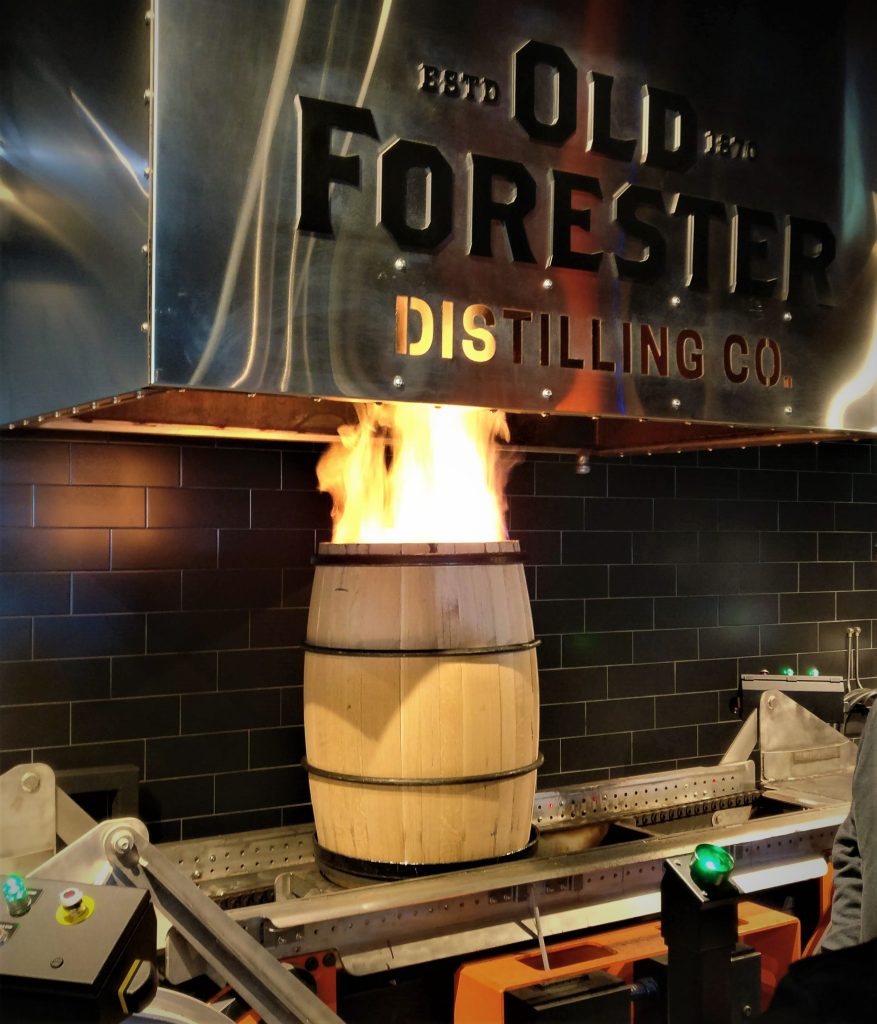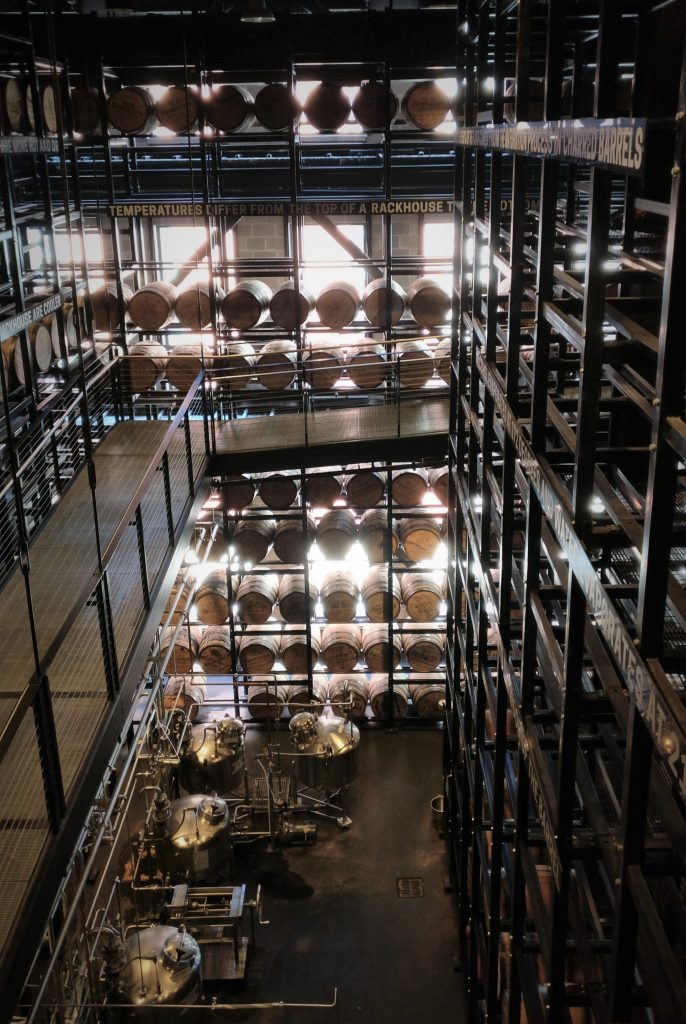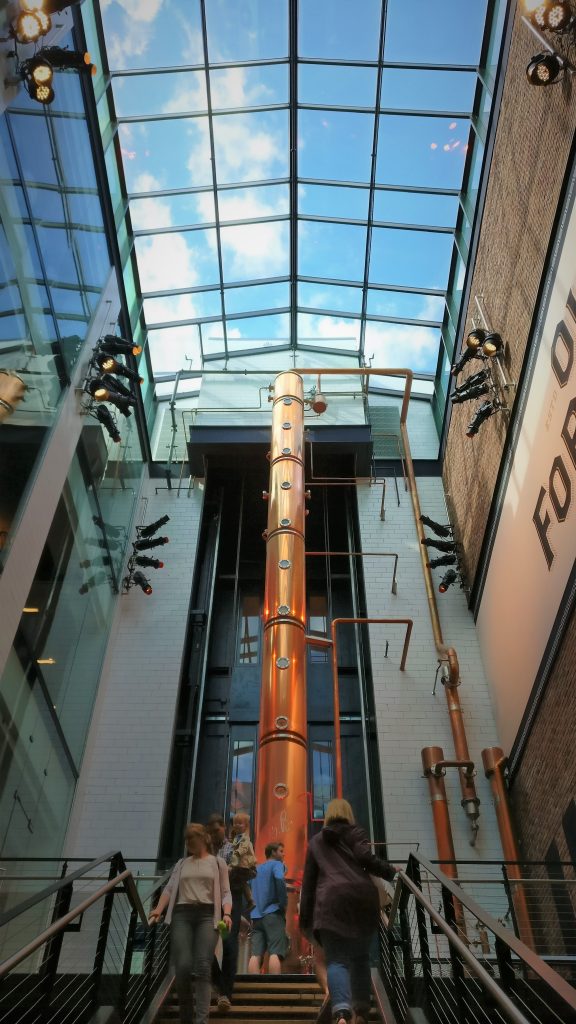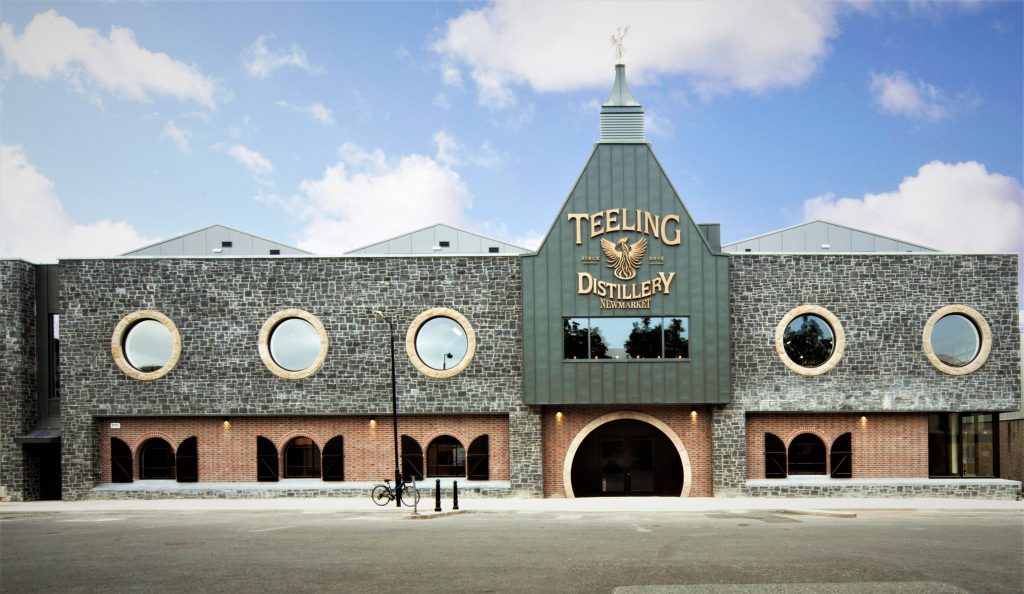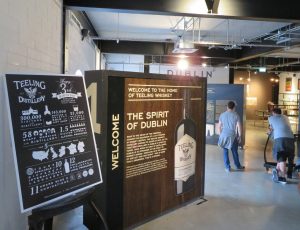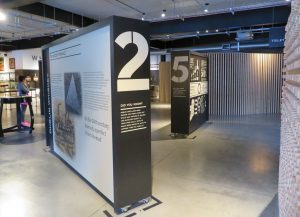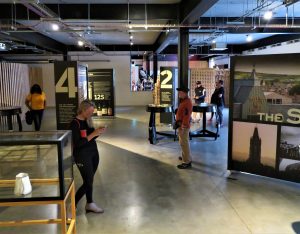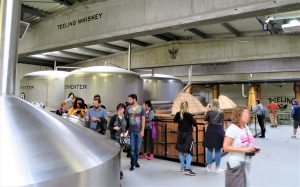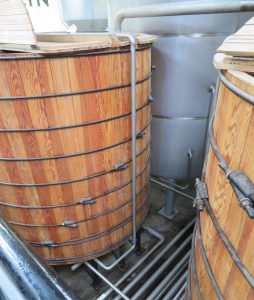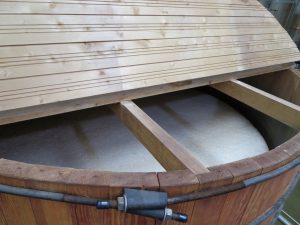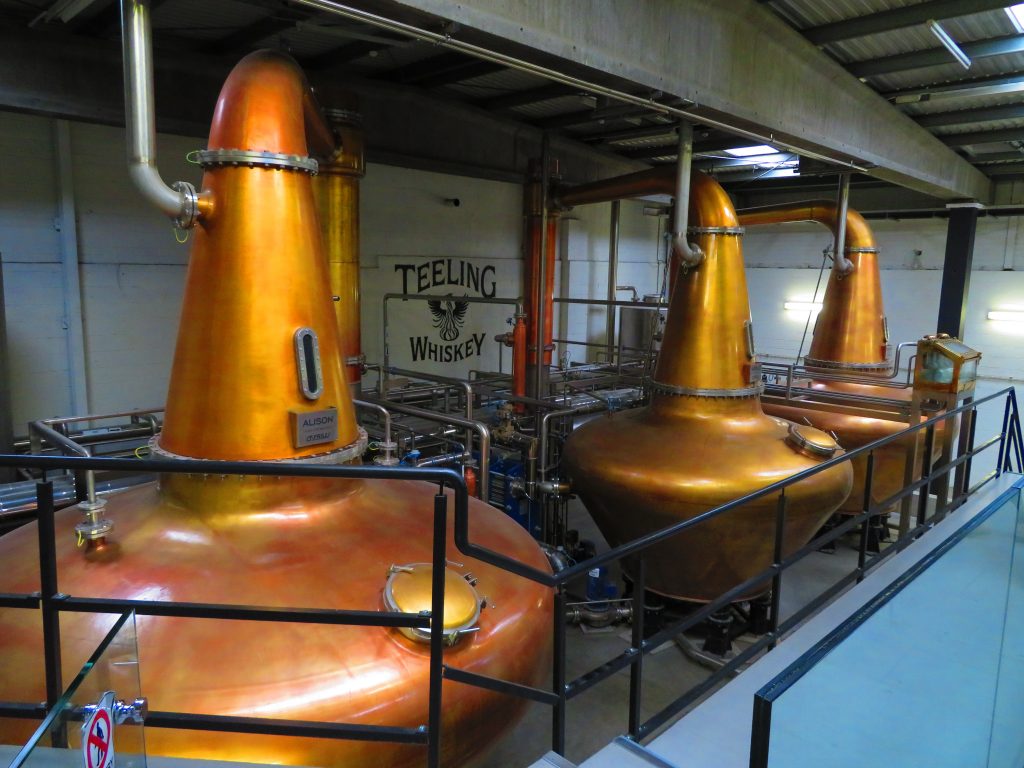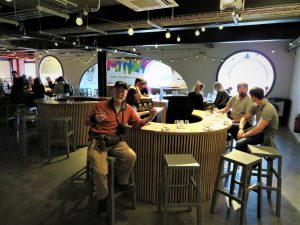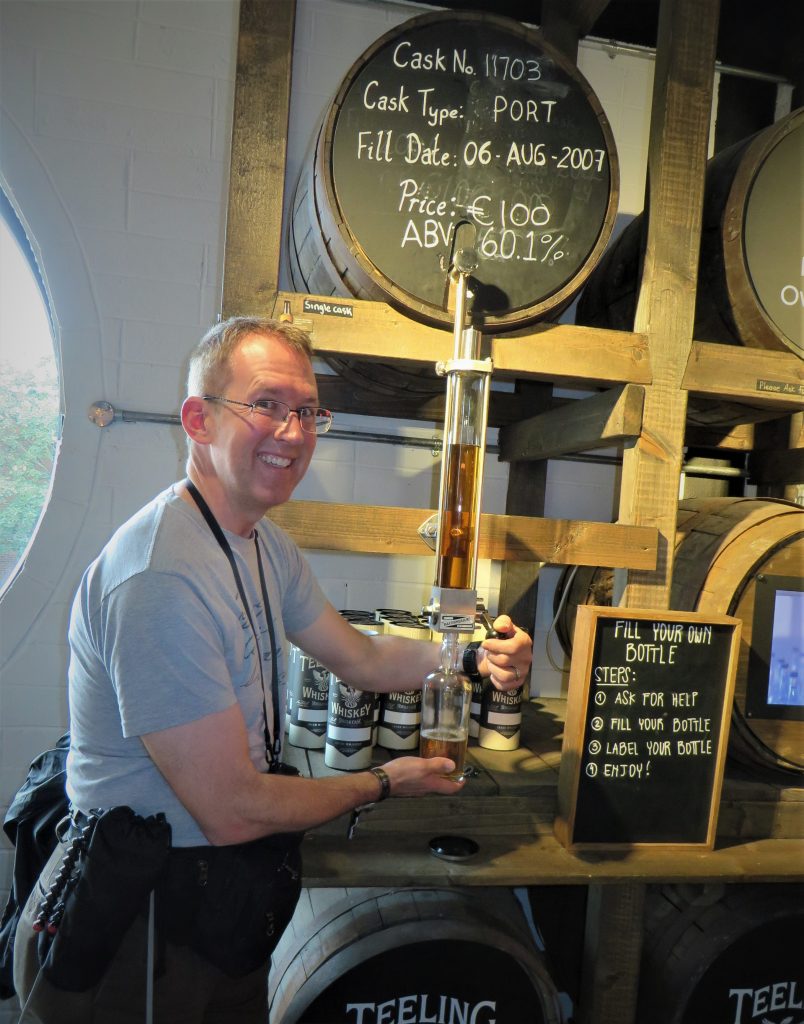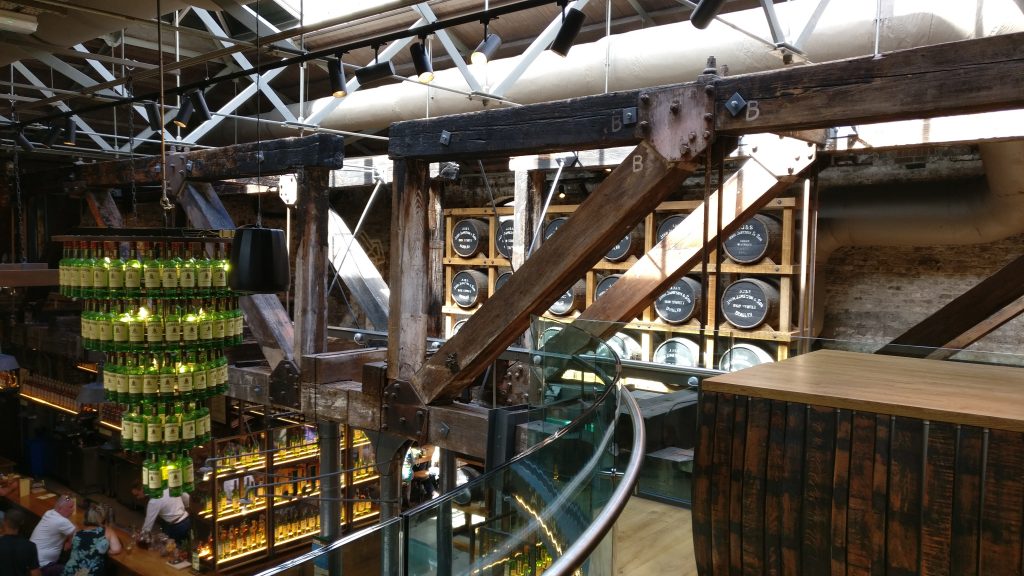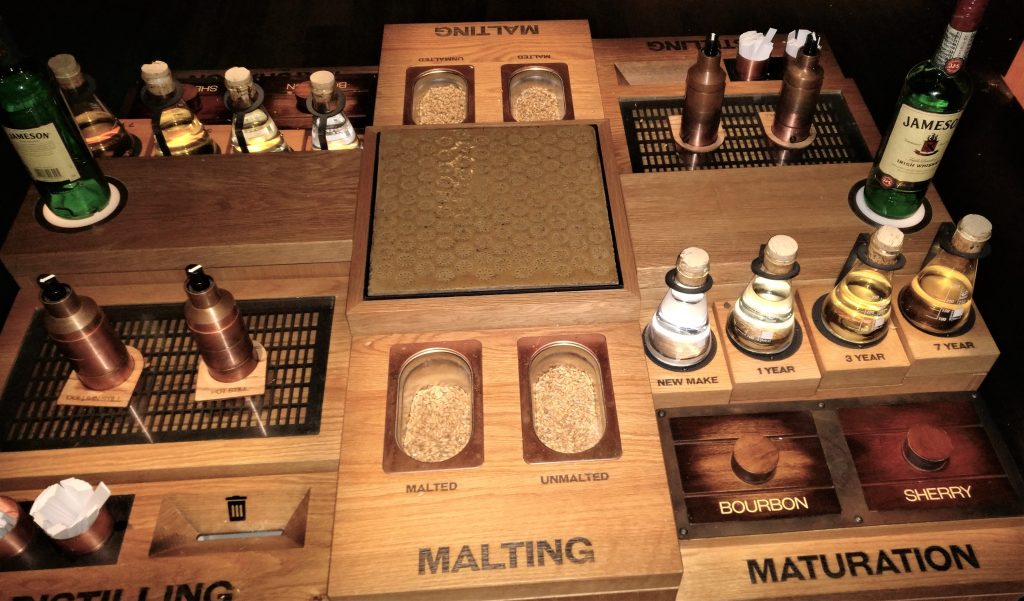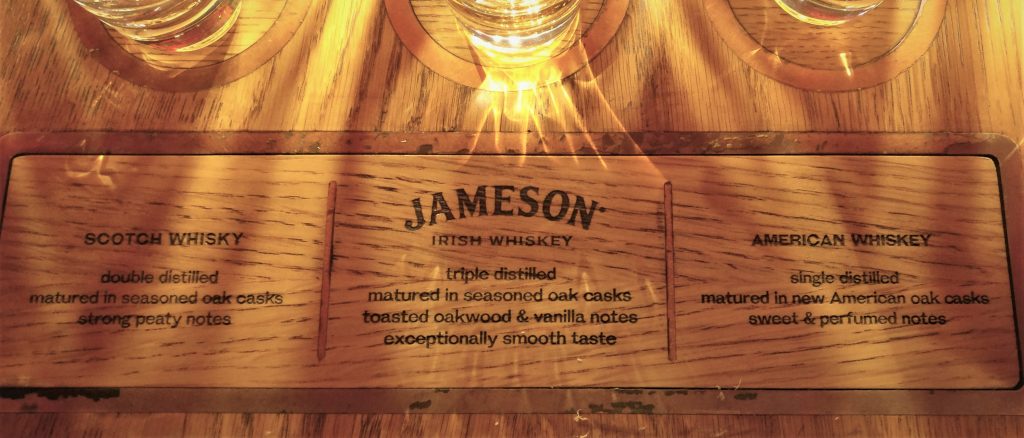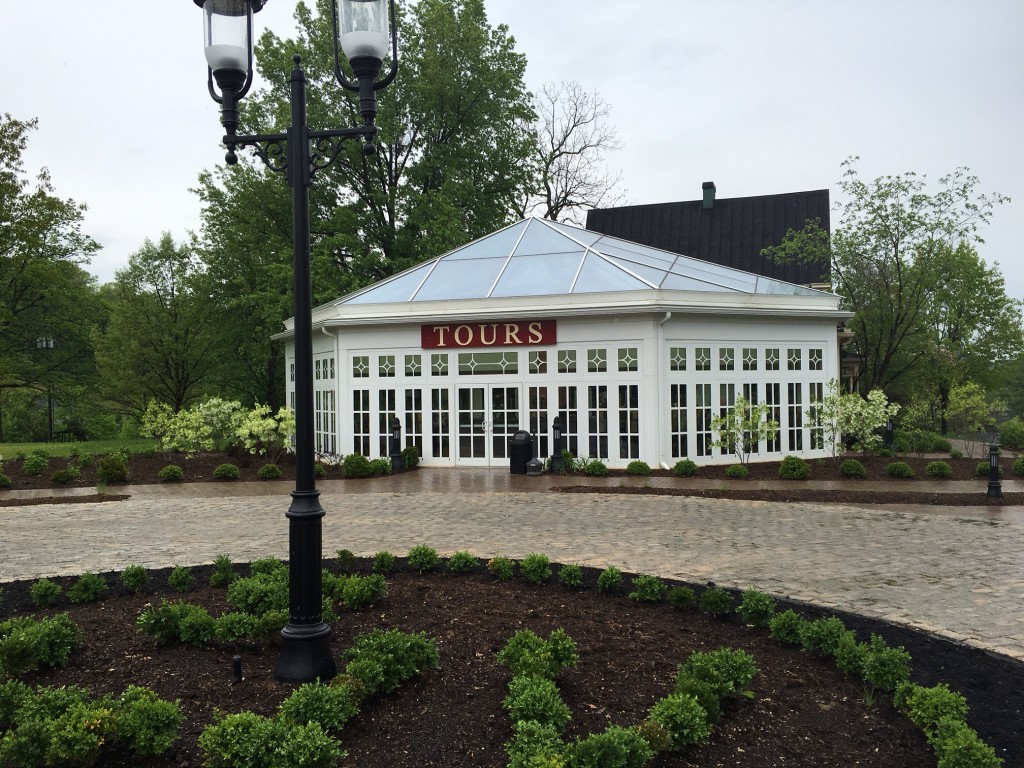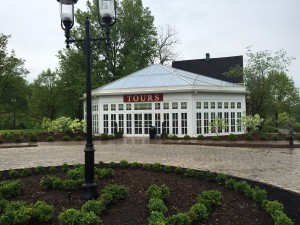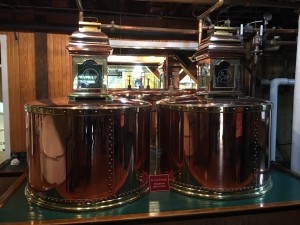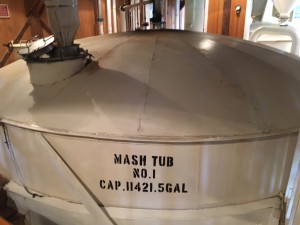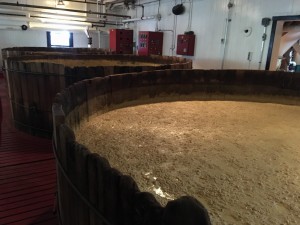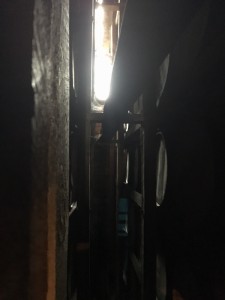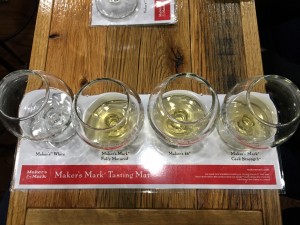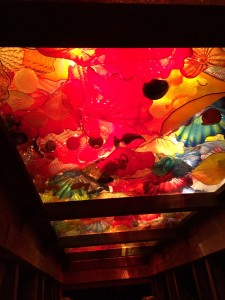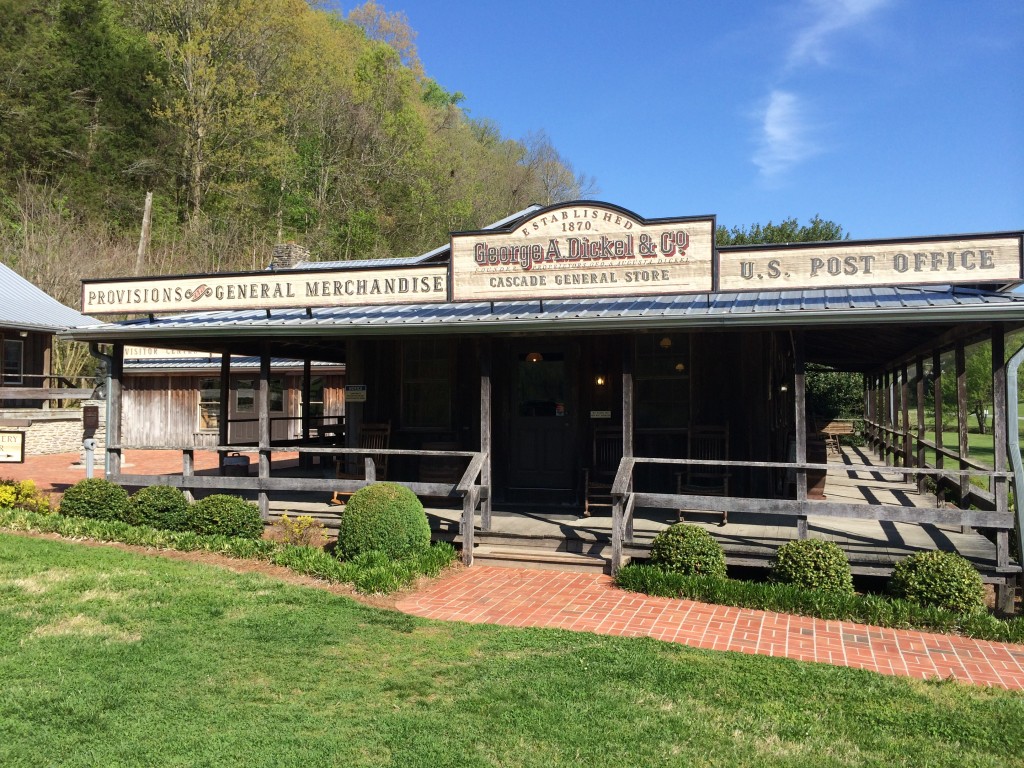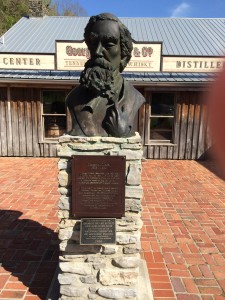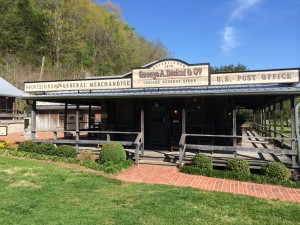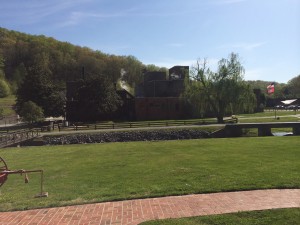Old Forester Distillery Tour
Old Forester Distilling Co.
119 W Main St, Louisville, KY 40202
Website
I’ve toured all of the major distilleries in Kentucky that offer public tours (many of which aren’t right by a major city), so was excited when Brown-Forman opened the Old Forester Distillery in downtown Louisville in June 2018. No, this isn’t where all of the Old Forester on the shelves is being made, but it is much more than a micro-still.
They offer many different tours, although I have to admit I was disappointed when reviewing them on their website. I would have loved to have done their ‘Taste Through History’ tour – except when looking at availability – there were only four days (yes, FOUR) in the remainder of 2019 when it was being offered – and we weren’t going to be in Louisville on those days. (NOTE: a month after our visit, I had the opportunity to attend a ‘Taste Through History‘ event in Atlanta with Master Taster Jackie Zykan – and that was all it was cracked up to be! While she couldn’t facilitate these on a regular basis at the distillery, I hope they consider having alternatives offer this more frequently there!)
They also offered a ‘119 Tour’ . . . or at least talk about it on their website (there are no upcoming dates as of this writing, and were none a month earlier when I was booking my tour). All of that disappointment aside, we made reservations (which they strongly encourage) for the basic ‘Old Forester Distillery Tour’. These tours are offered every 15 minutes during the available hours (last tour begins an hour before they close). The price is $16 per person on Tues-Sat, and $12 per on Sunday and Monday ($4 off for minors, active duty military, and vets; $2 off for seniors).
I booked for a 4:15pm tour on a Friday in late April for my father and I. This was to be our last stop after doing three tours earlier (some actual distillery tours, some ‘experience’ tours; will share details later). We’d been on our feet since 9:30am, aside from some drive time and sitting. All that said, we were excited as we’re both fans of Old Forester’s products. We arrived a bit early, and they were able to squeeze us into the 4pm tour with no trouble, which we appreciated.
You start out with the tour guide providing some history of the building, and of bourbon in America in general (reminding us of the horrors of prohibition, etc) before starting a short but informative video. After this, you’re ushered into the next room where they explain the basics of bourbon (51% corn, new charred oak containers, etc) and tout the limestone filtered water of Kentucky. They explain the grains used (their mashbill is 72% corn, 18% rye, 10% barley) and how the process extracts sugars from the grain to be fermented into alcohol.
Next you walk up to their four fermenters, each with mash at different ages allowing the guests to smell how a 3 day old mash fermenting smells more like a sour dough bread compared to a newly started mash, which is a more sweet cereal aroma. They explain the process, how coils help maintain the temperature to keep the yeast happy, how the activity you see is really the carbon dioxide being produced, and so forth.
Following this you’re taken to a glass elevator and ride up directly behind their 44-foot copper column still as they begin to explain the process of distillation. You exit the elevator and walk around to where if the still was running you’d see the spirit coming off, and where quality control can check the proof (which their target proof for the heart of the run is 140 proof). During our tour the still wasn’t running, but I’ve seen new make before, so this wasn’t a big deal for me. The still has a capacity far beyond what they’re running through it (currently they’re filling up to 14 barrels a day when running). They explain the cuts (heads, tails, etc) and why that’s all necessary, and then turn to the on-site cooperage.
This is where the Old Forester distillery tour is significantly different from the other urban distilleries (and frankly, even most major distilleries). If you tour Heaven Hill, Jim Beam, Buffalo Trace, Wild Turkey, Four Roses, Maker’s Mark, or Barton – you won’t see barrels being produced as they purchase barrels from a cooperage (which if you ever have an opportunity to tour Independent Stave’s Kentucky Cooperage in Lebanon, KY – I’d recommend it!) Note that this is not a critque of those fine distilleries; just a fact. Historically it wasn’t such a great idea to have an industrial process that involves firing wood next to an industrial process producing highly flammable spirits (or aging those same spirits!) But if you’ve never seen how a barrel is made, the Old Forester Distillery Tour gives you that opportunity.
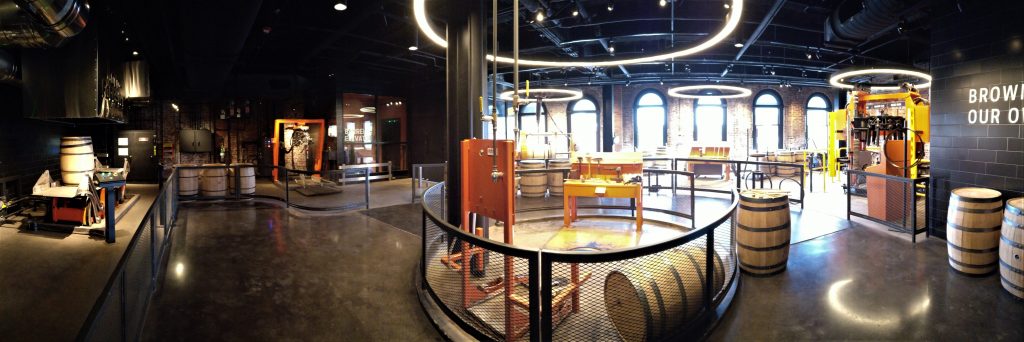 (This is only a portion, not showing barrel assembly or toasting)
(This is only a portion, not showing barrel assembly or toasting)
Their limited capacity allows them to construct 14 barrels a day, so you won’t see every stage ‘in action’. But they leave a barrel at each stage so you’re not looking at an empty station, and the tour guide can step you through what is being done from assembly, to toasting, to firing, and so forth. Their web-site states that “One member of each tour group will activate the charring process by ‘igniting’ the inside of a new, white oak barrel.”, and I don’t doubt this claim – although it does raise a question as to whether they re-char the same barrel, or are bringing in extra barrels to be charred (as there are more than 14 tours a day). Regardless, it is pretty freaking cool to see, and smell.
After the cooperage portion, you’re escorted through a visualization of how much color the spirit takes on in the wood over time, which is a nice segue as you enter their ‘urban rickhouse’. While you do get some of the aroma, it isn’t the same as walking into a traditional rickhouse. This is climate controlled, and only holds 800-900 barrels. They’re producing more than that on-site, so some of the filled barrels are taken to other rickhouses (or rackhouses if you prefer), while some are kept here. This allows them to experiment with how climate control impacts the same distillate over a period of time, besides providing a nice tour experience. They explain a bit about how factors involved in maturation (higher temps in the higher ricks and such), and step you through the dumping and filtration process.
Next you see the bottling line, which again may or may not be running during your tour but shows that final step in the process before the tasting. The standard tour includes fairly standard pours to taste. Ours included Old Forester 86 proof, Old Forester Statesman, and Old Forester Signature 100 proof (whose label no longer calls out “Signature”, but bygones). I’d had all three before, but the tasting was well organized with all three presented in Glencairn nosing glasses with a glass of water and some pretzels for each taster, along with a small water dropper. Our tour guide (Sarah, who by the way did an excellent job; one of the better distillery tours I’d been on) walked everyone through how to nose whiskey (keeping your mouth slightly opened), and how just 3 drops of water can open up a whiskey.
After the tasting, you’re taken through the gift shop (of course!) although this gives you an up close and personal look at their column still. On a lovely day like we had, the blue sky really makes for a lovely view.
All things considered, I’d highly recommend their tour. There are several tours or ‘experiences’ in Louisville (and I’ll work on providing write-ups on those in the future), but I found this to be the most comprehensive by far. If someone who isn’t a whisk(e)y geek and only wanted to visit ONE of these during a trip to the city, hands down this would be the one I’d go with.
Cheers!
Gary


